Tuk Tuk Tours
Explore Bangkok by the iconic tuk tuk
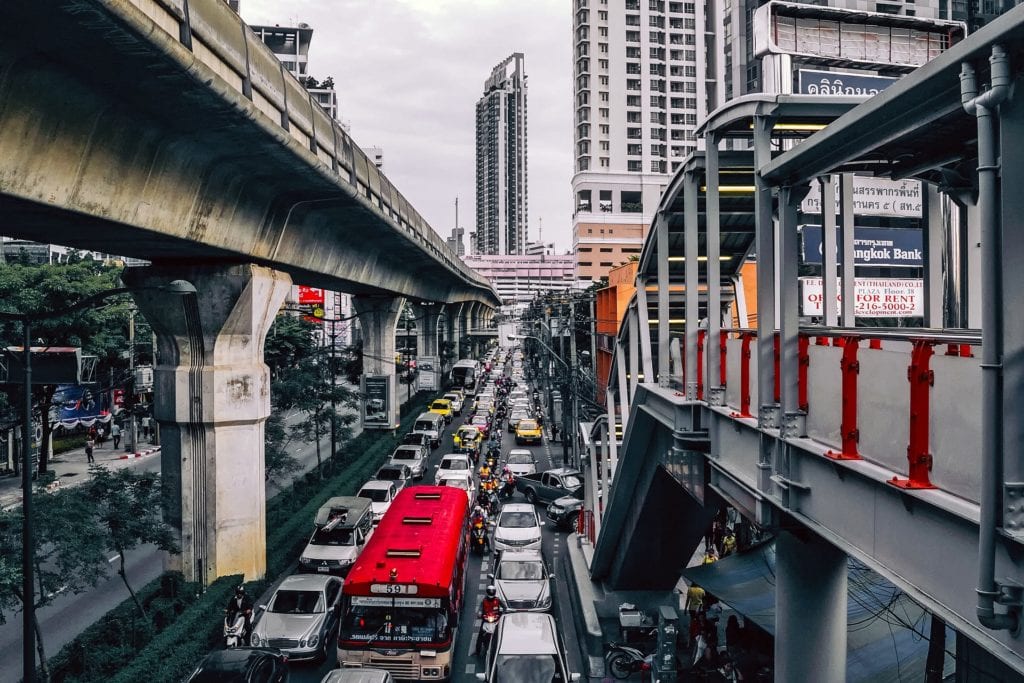
Bangkok is one of 77 provinces in Thailand (technically there are 76 provinces, or changwat, and Bangkok is a separate special administrative area). Within Bangkok there are 50 districts known as khet, each of which is then further divided in sub-districts known as khwaeng (in all of the provinces outside of Bangkok, these divisions are known as amphoe and tambon). Most short-term visitors to Bangkok, though, will only spend time in a handful of these districts at most, and on a day-to-day basis names of roads or less formal names for neighbourhoods tend to be used less often than these official district names.
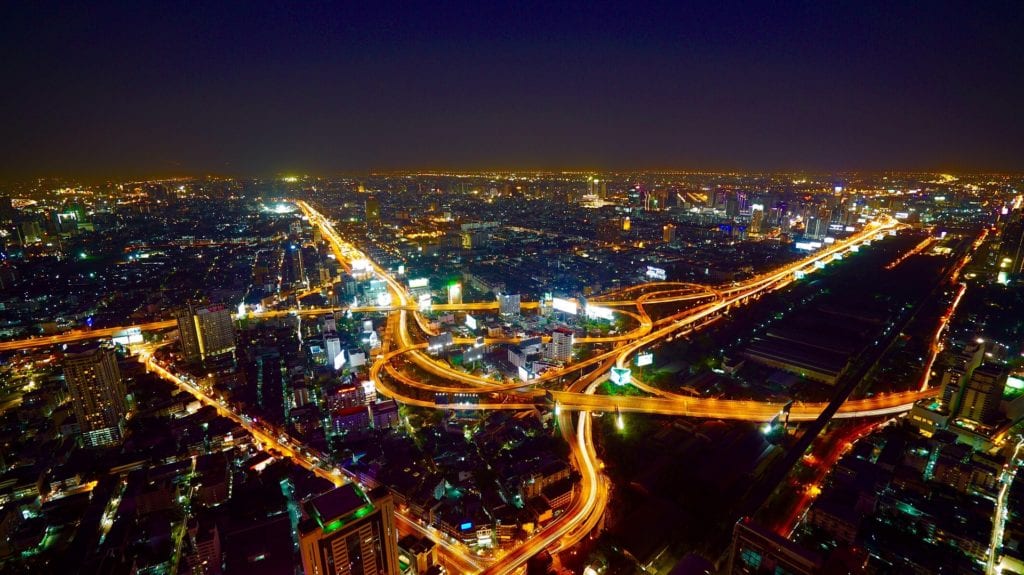
For visitors, much of the nightlife, shopping and tourist attractions are to be found in the Sukhumvit, Silom and Rattanakosin Island neighbourhoods, also making these good areas for those on a brief visit to stay. Siam is also a popular area, in particular for shopping. Bangkok has all types of accommodation available, from five-star international chain hotels to smart boutique properties, budget hotels, intimate guest houses, and an increasing number of hostels offering both dorms and private rooms.
Sukhumvit Road is Thailand’s longest road, so even the small portion of it that runs through downtown Bangkok offers a diverse array of neighbourhoods in which to put your head down, but all are convenient for the Skytrain (as well as the subway at Asok) and the majority are close to Bangkok’s famous shopping malls as well as a vast selection of eating and drinking opportunities from street food stalls to Michelin-starred restaurants and hidden speakeasy-style bars. This is a fast developing area, with condos hotels, restaurants, bars and shopping malls popping up all over the place.
Silom and neighbouring Sathorn are 2 main roads that run between Lumpini Park and the river. This is the original commercial area in Bangkok and are likewise magnets for nightlife lovers, as well as offering plenty of shopping opportunities, a huge selection of restaurants, and easy access to to the Skytrain, subway and river.
The old-town neighbourhood of Rattanakosin Island – which falls within Phra Nakhon district and includes the Banglamphu neighbourhood – puts you close to popular Buddhist temples and other tourist attractions, as well as the backpacker vibe of the Khaosan Road area and its surrounds. It is however, somewhat cut off from the main public transport (BTS / MRT) and shopping area of Bangkok.
Along the river is also a great place to stay and where you will find many of the top hotels in Bangkok. It is easy to get to many of the top tourists locations by boat and many hotels have their own shuttles that drop people at the Skytrain station. The riverbanks is also increasingly becoming the home of many new shopping and dinning areas including the glamorous IconSiam shopping mall which opened in 2018
Increasingly people are staying in other areas and this is partly the impact of Airbnb where people are renting apartments all over the city. However, remember Bangkok is a huge city and with bad traffic, so you want to avoid having to travel too far.
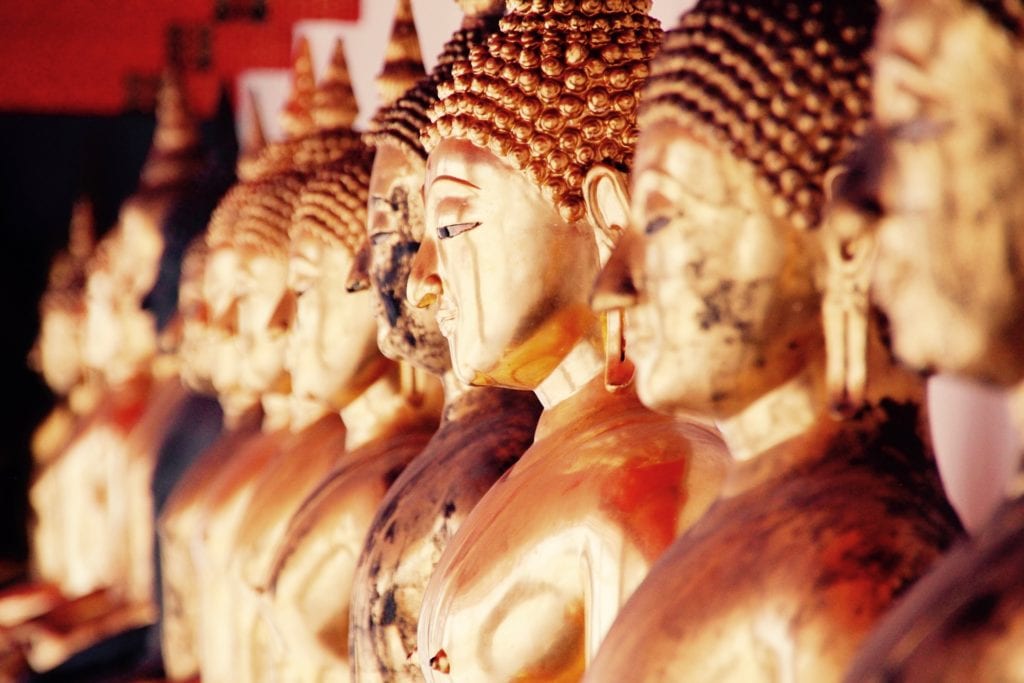
The majority of Bangkok’s most popular attractions are found in the Sukhumvit, Silom and Rattanakosin neighbourhoods, as well as one or two located further afield, such as Chatuchak weekend market in northern Bangkok.
Temples like the Grand Palace (Wat Phra Kaew), Wat Pho (the Temple of the Reclining Buddha), Wat Arun (the Temple of Dawn) and the Golden Mount (Wat Saket) are all located in the Rattanakosin area, as is Khaosan Road and its surrounds.
Bangkok’s famously mammoth-sized shopping malls are dotted all over the city, but some of the most well-known are Siam Paragon and Central World in the Siam and Chitlom areas, Central Embassy in nearby Phloen Chit (between Siam and Sukhumvit, and also home to numerous foreign embassies), Terminal 21 and EmQuartier in Sukhumvit’s Asok and Phrom Phong neighbourhoods, and ICONSIAM in the riverside Khlong San neighbourhood that’s otherwise a bit off most tourists’ radar (but still easily reached by BTS Skytrain and boat or shuttle bus).
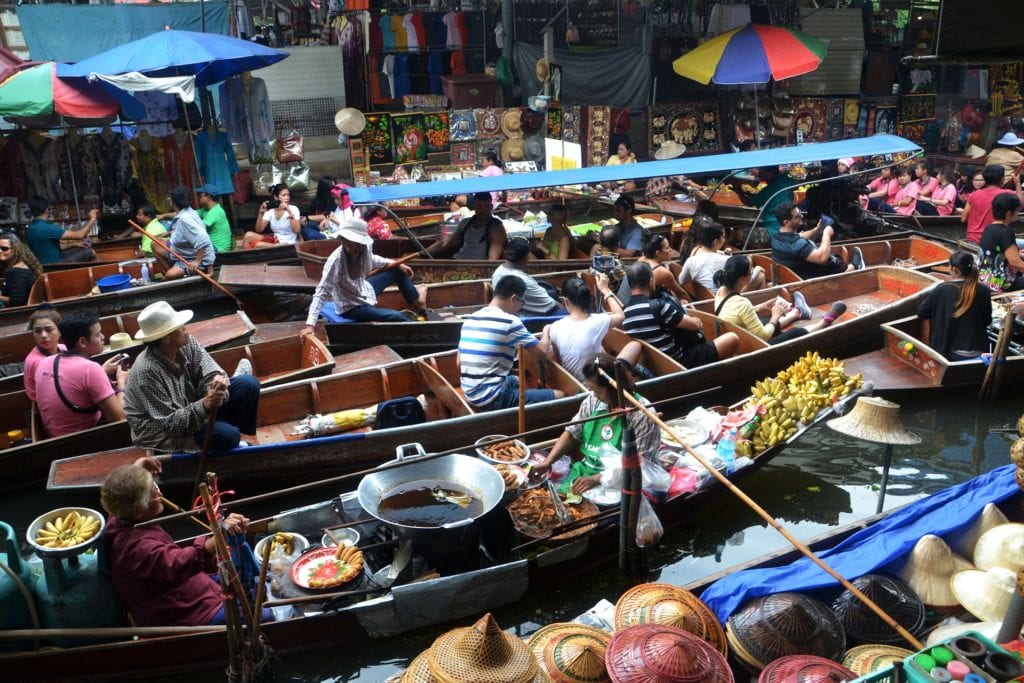
Of a weekend, Chatuchak Market is located in the north of the capital, but is easily reached by either BTS Skytrain (to Mo Chit) or MRT subway (to Chatuchak Park) from just about anywhere else on the tourist map – just expect crowds. Lumpini Park is located in the Silom neighbourhood, as is some of Bangkok’s most raucous nightlife and also most of its gay scene. Bangkok’s enormous Chinatown is set between the Silom and Rattanakosin Island neighbourhoods (for now the closest public transport stop is MRT subway station Hualamphong).
Night markets are also located all over, but these days one of the most famous is Talat Rot Fai (the Train Market), with locations on Srinakarin Road in the east (take the BTS Skytrain to Udom Suk and then take a taxi) and Ratchada in a more downtown location (take the MRT subway to Thailand Cultural Centre). Floating markets are generally located on the outskirts of the city or even in neighbouring provinces, but most are easily visited as part of a day trip.
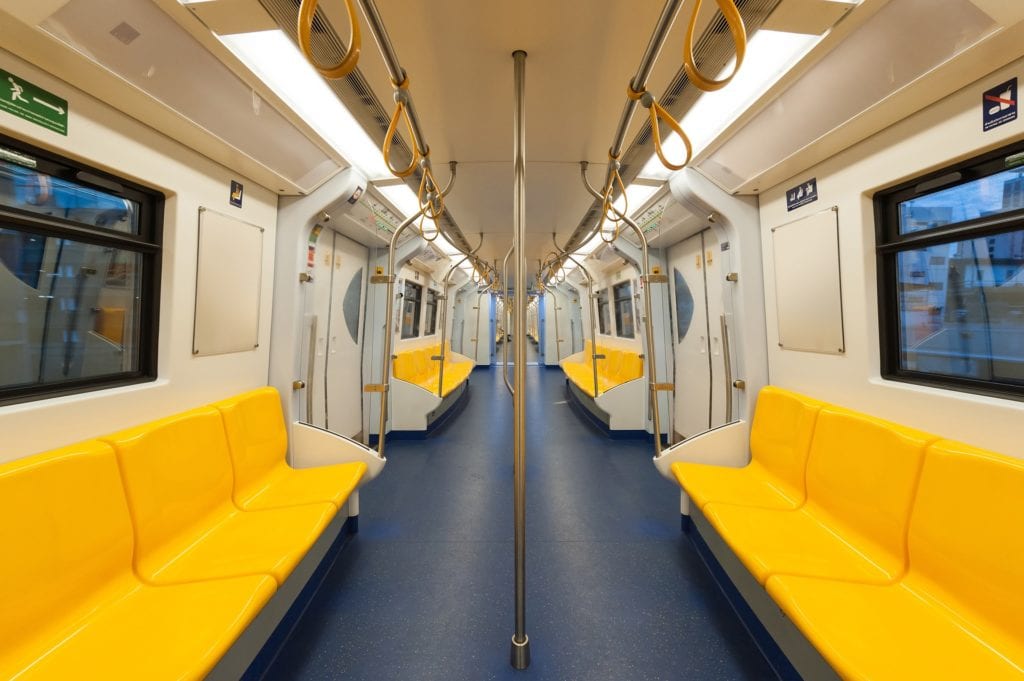
A wide variety of public transport exists in Bangkok, but the types most likely to be used by tourists include the BTS Skytrain, MRT subway, taxis, and tuk-tuks.
Both the BTS and MRT run from the early morning until close to midnight each day (although MRT stations close at 11.30pm). On both systems, tickets can be purchased from machines prior to travel. Note that food and drink are not permitted within the BTS or MRT.
The BTS Skytrain has two lines, the Sukhumvit line running from Mo Chit in the north to Kheha in the east and the Silom line running from National Stadium in the west to Bang Wa in the south – both lines intersect at Siam station. The MRT subway, meanwhile, also has two lines; the blue line currently runs from Hualamphong in the south (for mainline trains around the country) to Tao Poon in the north (but an extension is in progress from Hualamphong on to Lak Song and eventually Phuttamonthon, which will ultimately see the blue line form a circular loop). The purple line, meanwhile, runs from Tao Poon to Khlong Bang Phai, but this line is arguably of less interest to tourists than it is to commuters.
Taxis are plentiful and easy to flag down anywhere in the city – but drivers are notoriously fickle, and scams commonplace, so getting them to actually go to your destination may prove a different matter altogether. Always insist on the meter fare, which is inexpensive, and get out and flag down another vehicle if the driver refuses.
Tuk-tuks are mostly found in touristy areas such as around temples and other attractions in the Rattanakosin Island neighbourhood, but also around the most popular parts of Sukhumvit and Silom – again, they are renowned for overcharging foreign tourists unaccustomed to local prices, so come forearmed with a little knowledge about what to pay and then agree a fare before getting in.
At present, public transport to the Rattanakosin area most popular with tourists remains limited, since neither the BTS Skytrain nor the MRT subway reaches this far (the MRT extension will change this). Numerous bus routes make the trip – indeed you can get just about anywhere in Bangkok by bus – but route numbers and timetables can be difficult for newbies to fathom, and travel is slow (albeit cheap). Taxis and tuk-tuks aside, the cheapest, quickest and most comfortable (and local-feeling) way to get from downtown Bangkok to Rattanakosin can be on the river, taking the Chaophraya River Express Boat (opt for the one with the orange flag at the back of the boat) from Sathorn pier adjoining Saphan Taksin BTS station (on the Silom line) and alighting at Phra Athit pier.
Taxis and a number of buses to popular locales are available from both Suvarnabhumi (BKK) and Don Muang (DMK) airports. From Suvarnabhumi it’s also possible to catch the Airport Rail Link from within the terminal all the way to Phaya Thai, where you can connect with the BTS Skytrain, while Don Muang has a mainline railway station just across the road, where it’s possible to take the train to Hualamphong station; these services are very inexpensive but are less frequent than other means of transport, they are slow, and they can be heavily delayed.
Main roads in Bangkok are known as thanon, as in Thanon Sukhumvit for Sukhumvit Road. Off of those main roads are numbered alleys (often themselves quite large) called soi, as in the nightlife-heavy Sukhumvit Soi 11. Many sois have names as well as numbers, but generally these are only commonly used for more major sois. The smallest of all are trok, which are tiny lanes or alleyways, but most tourists are unlikely to come up against too many of these.
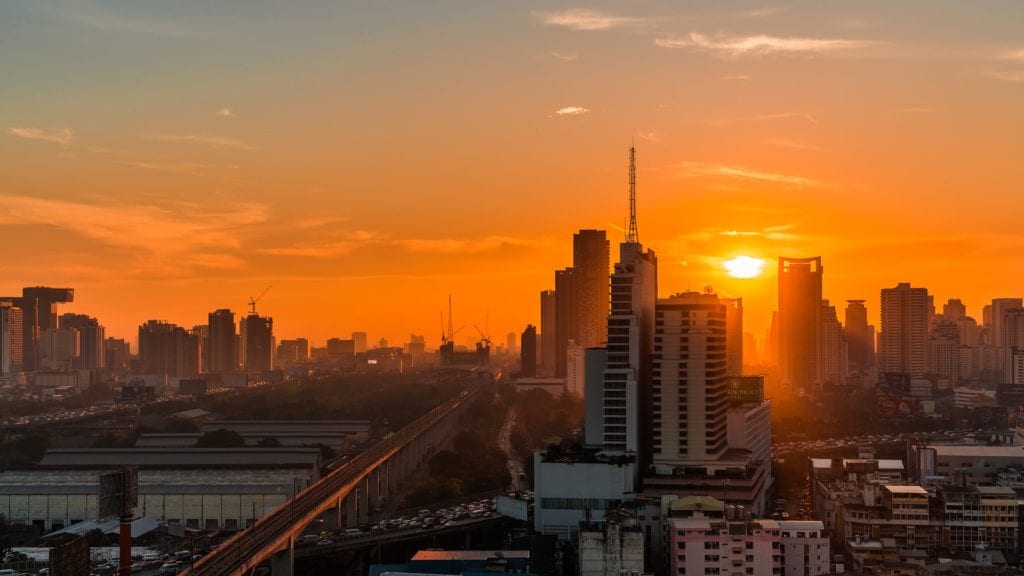
Keeping your cool goes a long way in Thailand, since losing your temper in troublesome situations will likely only make things worse. Be wary of overly helpful strangers approaching you in the street, and be aware of local customs and laws like carrying photographic ID at all times, standing for the national anthem (in public transport stations, cinemas, and elsewhere), and avoiding critical discussion of the monarchy. Be aware, too, that vaping is among a number of illegal activities, and that dropping litter (including cigarette butts) may land you in trouble with district officials downtown who are all too keen to impose fines on unsuspecting foreign tourists.
Take out comprehensive travel insurance, wear a helmet if you ride a motorbike taxi, take care crossing the road, keep an eye on your drink in bars, and avoid recreational drugs at all costs – if caught (and sting operations aren’t unheard of), the penalties can be severe. If necessary, call the emergency services on 191 or the tourist police on 1155. Look up the location of your home country’s embassy in Bangkok – many are located in the Phloen Chit and Sathorn neighbourhoods, easily reached by BTS Skytrain.